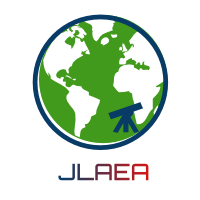Resource information
The practice of food security assessment in Tanzania is based on use of food crops production data surveys of a preceding seasonal year with agro-meteorological analyses based on estimated vegetation status as reflected from NDVI computed from NOAA satellite images. Food security assessment essentially is a prediction of food availability in predefined future time framework. It helps to establish availability or deficiency of food, thereby facilitating planning and implementation of strategies to mitigate the problem of hunger. The practice of food security assessment in Tanzania, has following shortcomings: the results of prediction are unreliable due to use of coarse metrological data, it is inefficient as it takes a lot of time to do data compilation and analysis, it is difficult and relatively expensive as it involves physical visiting of villages, districts and regions by agricultural officers to collect food crops production data. The above shortcomings can be reduced by adoption of GIS Techniques.
This paper is reporting on a research conducted to model the process of food security assessment using Geographic Information Systems (GIS) tools, it is based on representing data pertaining to pillars of food security which are food availability, food accessibility and food utilization/nutritional capacity in form of GIS layers and integrating them. The collected food security pillar data were firstly transformed into respective point layers and secondly down scaled through re-sampling and interpolation by the Inverse Distance Method creating 30 m by 30 m pixel size raster layers. Resulting layers were then integrated through logical overlaying with a population layer, creating a Food Self Sufficient Ratio layer which was classified to form a Food Security Map for Tanzania.
It is being concluded that application of GIS modeling approach is relatively faster and convenient than statistical manual methods, food security Information ought to be executed readily, so as to facilitate evidenced-based understanding of food imbalances, thereby guiding administrators in decision making with regard to designing of equitable methods of surplus food distribution to the needy or to local and/or lower levels.


